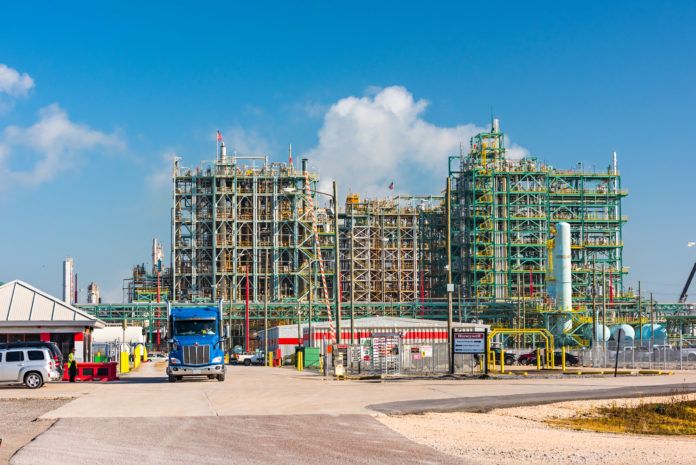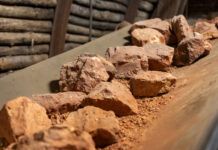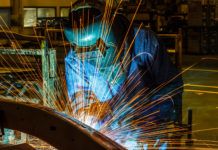

In recent years, the Baton Rouge region has had the good fortune to be the recipient of many new and expanded industrial plants.
The decision to invest occurs through careful analysis of market conditions, a willingness to make a long-term commitment of funds, a belief that an asset will earn a reasonable rate of return and a stable, welcoming community.
Economic incentives from governmental agencies can lure projects to a specific location and are an important factor in management’s final decision.
However, the capital dollars spent to locate a new facility are just the beginning of the commitment, and people must be paid to design, build, operate and maintain the new facility.
Outside firms to provide utilities, engineering, construction and supplies are needed as well. Think uniforms, ear plugs, gloves, glasses, hardhats, steel-toed shoes, soap, paper towels, printers, computers, office furniture, pallets, meals, cutlery and “go boxes.”
And that’s just a fraction of the needs that are usually purchased with local suppliers and not included in the capital spend number touted at the inception of a project.
Employees and construction professionals relocated to the area will bring their families, who need services such as housing, groceries, doctors, haircuts and schools to name a few.
The role that technology has played in new industrial plant construction cannot be overstated, and building new plants with the best new technology is necessary to remain competitive in the global marketplace. It seems everyone embraces robotics these days, and almost every school has a robotics club that enters robotics competitions.
But where is all this headed?
Right back to more efficient, more automated, improved industrial facilities. And new iPhones, toys and gadgets for our kitchen too, of course.
All this love of robotics and new technology is heralded on one hand, but when it causes new facilities to be built, re-furbished, and maintained with fewer and fewer people, then we have a problem.
The industrial community in our region has been accused by some of losing jobs over time and has been painted as not keeping its commitment or upholding its end of the bargain when given economic incentives.
This could not be further from the truth. Although the number of jobs in direct employment with an industrial company may have either kept pace or decreased slightly in the last 20 years, the number of jobs created via purchases of outside services and supplies has definitively increased.
The greater Baton Rouge region has enjoyed steady employment growth over time, and it’s a simple fact that the main reason for this is due to the industrial investments that have located here.
The lifeblood of economic prosperity brought by the Baton Rouge industrial sector can only continue through consistent new capital investment.
Markets change rapidly and plants must invest capital to update their chemistry and their facilities.
When your new car has beautiful soft seats that hug your body or you grow a weed-free garden, these products are made in one of the facilities here.
When your Angel Soft tissue helped you over the flu and when you donned your new fleece sweater when it snowed, that paper and polyethylene had to come from somewhere, so why not from Baton Rouge?
We can keep these plants here by lowering the hurdles to invest and encouraging and supporting companies that employ our friends and relatives.
Today, local decision-makers can help continue a long history of being a global supplier of choice or scale back the activity and let others do the manufacturing.
Which will it be? Either way, our region is in for an interesting future.
Connie Fabré is the executive director of the Greater Baton Rouge Industry Alliance Inc.
This article was originally published in the first quarter 2018 edition of 10/12 Industry Report.








